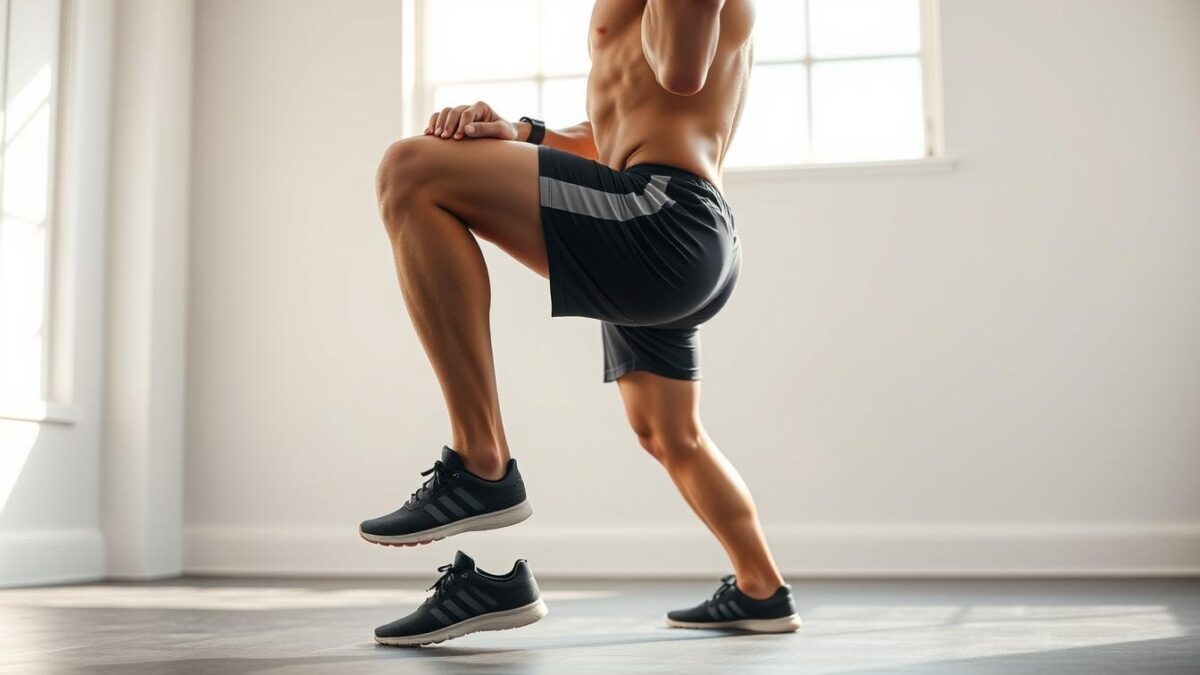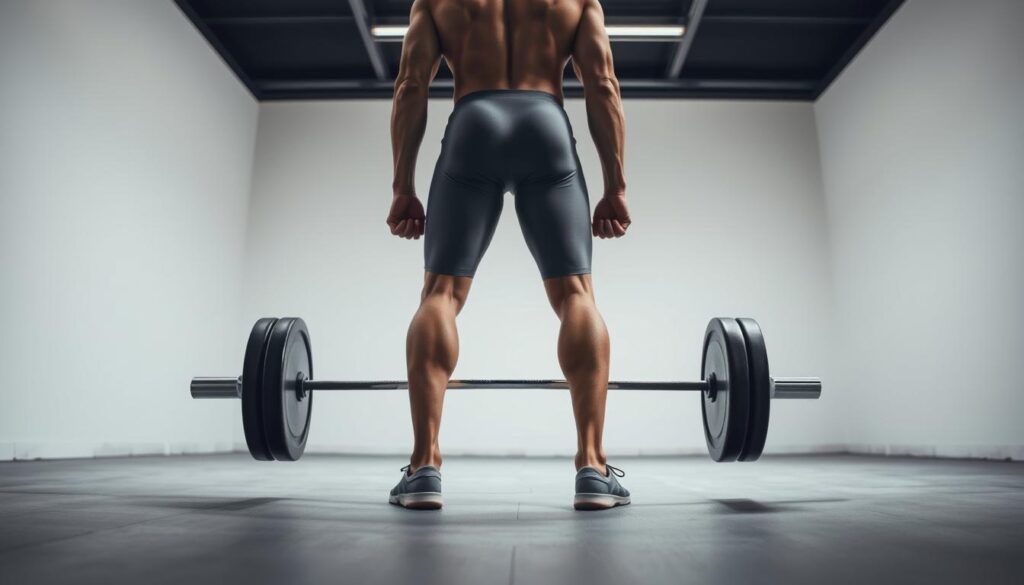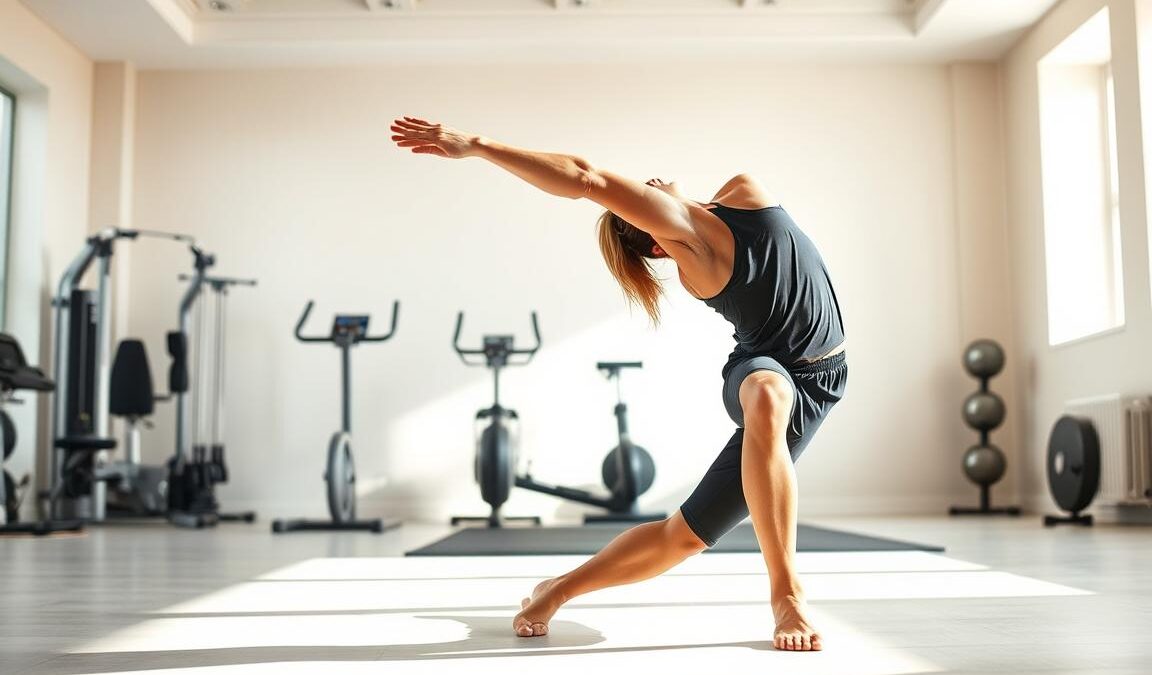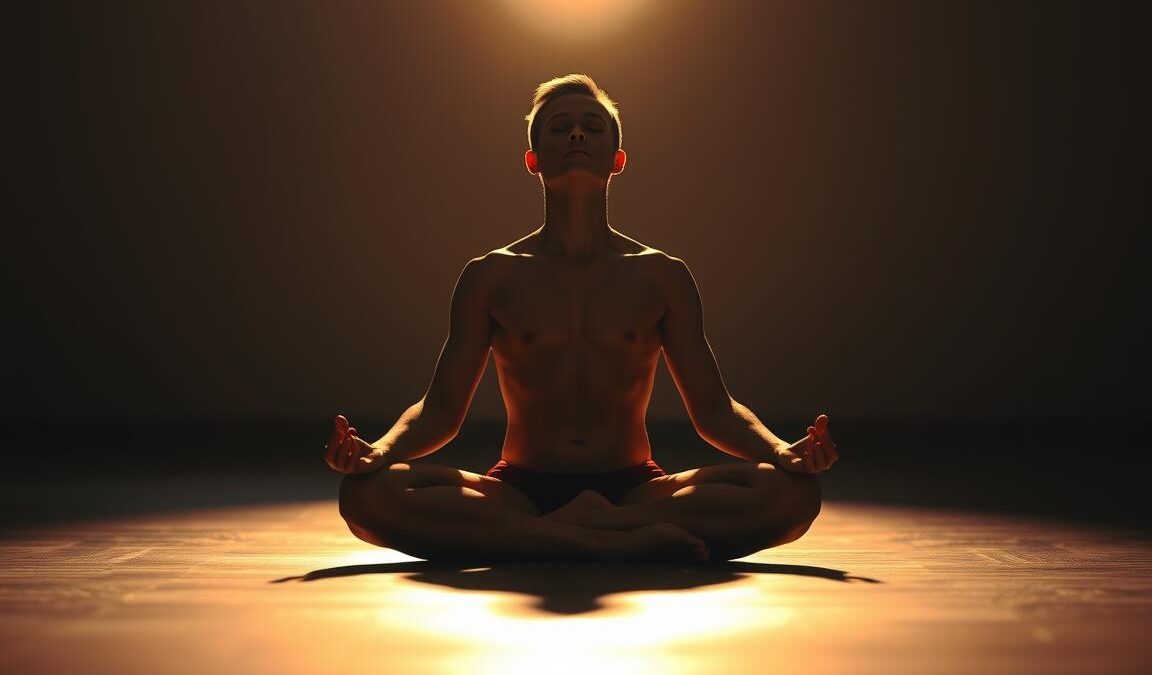
Single‑Leg Deadlift Alignment Guide to Stay Injury‑Free
The single-leg deadlift is a powerful exercise that can transform your strength training while prioritizing injury prevention. Mastering the correct deadlift technique not only enhances your workout safety but also empowers you to engage your balance and stability like never before. In this guide, we’ll explore the essential alignment tips to help you execute this move effectively, ensuring you get the most out of your fitness routine without compromising your safety.
Understanding the Single-Leg Deadlift
The single-leg deadlift is a workout that targets the muscles in the back of your legs, glutes, and lower back. It strengthens these areas and also works your core for stability. Unlike regular deadlifts, which use both legs, this exercise focuses on one leg at a time. This makes it great for fixing muscle imbalances and boosting functional strength.
Knowing how the single-leg deadlift works is key. It improves balance and coordination, which are important for everyday tasks and sports. By doing this exercise, you’ll get stronger, more stable, and fitter. You’ll see your body get better at doing different movements smoothly and in control.
Benefits of Single-Leg Deadlifts
Adding single-leg deadlifts to your workout routine offers many benefits. This exercise boosts balance and stability, making it great for strength training. Let’s look at some key advantages of single-leg deadlifts for your fitness journey.
Improved Balance and Stability
Single-leg deadlifts are excellent for improving balance and stability. By focusing on one leg, your body works on stabilizing muscles. This boosts coordination and helps prevent falls and injuries in daily life.
Enhanced Posterior Chain Strength
Single-leg deadlifts target the posterior chain, including hamstrings, glutes, and lower back. Strengthening these muscles improves athletic performance and supports activities like sprinting or lifting. The benefits highlight the importance of strong posterior muscles.
Muscle Imbalance Correction
Single-leg deadlifts help correct muscle imbalances caused by favoring one side of the body. This improves strength symmetry, which is key for injury prevention. By doing single-leg deadlifts, you work towards a more balanced body.
Single-Leg Deadlift Alignment Guide
Keeping the right alignment during the single-leg deadlift is key for your safety and results. It helps protect your spine and makes sure the muscles work right. Keep your spine straight and your core tight. This is important for getting the most out of the exercise.
When doing the single-leg deadlift, focus on the right body parts. Your standing leg should stay strong and stable. The other leg goes up as you bend at your hips, leading with your chest. This focus on alignment boosts your stability and the exercise’s effectiveness.
Using your glutes and hamstrings during the lift connects your lower body and core. This improves your efficiency and helps prevent injuries. Remember, proper alignment not only boosts your performance but also builds a strong foundation for functional strength.
Proper Technique for Execution
Learning the right deadlift technique is key to getting the best results and staying safe. This part will cover two main steps. First, you’ll learn how to set up correctly. Then, you’ll find out how to move effectively.
Starting Position
Start by standing tall. Your feet should be hip-width apart, with toes pointing straight or slightly outward. Make sure your core muscles are tight to keep your body stable.
Practice feeling the weight evenly on both feet. Then, move your weight to one leg. This prepares you for the next step.
Hinge Movement Explained
The hinge movement is vital for a single-leg deadlift. Begin by putting your weight on one leg and keeping your back straight. Let your other leg extend behind you naturally.
Focus on moving at your hips, not bending your knees too much. This helps use the right muscles and keeps your spine aligned.

Common Mistakes to Avoid
When doing single-leg deadlifts, it’s key to avoid deadlift mistakes that can slow you down or hurt you. Many people make the mistake of locking their standing leg’s knee. This puts too much stress on the joint, making it unstable and raising injury risks.
Another big mistake is rounding your back during the lift. This improper technique can hurt your form and increase injury chances. Keeping your back straight is vital for both doing the exercise right and staying safe.
Another common error is rushing through the lift. Fast, uncontrolled movements don’t engage muscles properly and can lead to injury prevention being ignored. Make sure to control each rep, focusing on the full motion.
By fixing these common mistakes, you’re on the path to success. Spending time on proper form will improve your results and make your workouts better.
Variations and Progressions
Trying out different deadlift variations and using progression strategies can really boost your single-leg deadlift game. Adding a kettlebell or dumbbell can make a big difference in your strength and balance. Let’s look at some great options for all fitness levels.
Dumbbell Single-Leg Deadlift
The dumbbell single-leg deadlift is a great way to add weight while keeping your balance. Start with a light dumbbell to get the hang of it. Then, as you get better, slowly add more weight. This exercise mainly works your hamstrings and glutes, helping keep your core stable.
Kettlebell Single-Leg Deadlift
The kettlebell version adds a new challenge for balance and coordination. Start with a moderate kettlebell to keep your posture right. Aim for smooth, controlled movements to get the most benefits and avoid injuries.
Weighted Single-Leg Deadlift Progression
After mastering the basics, it’s time to step up your game. Try the weighted single-leg deadlift with heavier weights or do more reps. This progressive overload helps your muscles grow, making your workouts more fun and effective.
Incorporating Single-Leg Deadlifts into Your Routine
Adding single-leg deadlifts to your workout can boost lower body strength. These exercises fit well with other movements, making your routine more balanced. They’re great for deadlift training or as a supplement, giving you options.
Start by adding single-leg deadlifts to your warm-up or main workout. Aim for two to three sets of six to eight reps on each leg. This helps strengthen muscles and improves posture and balance.
Creating a good exercise schedule with deadlifts is easy. Mix them with squats or lunges for a full lower body workout. Or, add them to a full-body circuit for a complete strength-building session.
For more tips, check out this resource on hamstring exercises. A consistent mix of workouts, including single-leg deadlifts, is key to fitness success.
Safety Tips for Injury Prevention
Adding safety steps to your workout routine makes it better and lowers injury risks. Knowing the best ways to do single-leg deadlifts helps you stay focused. Remembering these tips lets you keep training without interruptions.
Warm-Up and Flexibility
Before starting any exercise, like single-leg deadlifts, warming up is key. It gets your muscles and joints ready, cutting down on strains. Make sure to stretch your hips, hamstrings, and lower back. Here are some good warm-up exercises:
- Leg swings to loosen up your hip joints
- Bodyweight squats to activate your legs
- Dynamic stretching focusing on the posterior chain
Listening to Your Body
Being aware of your body is vital for avoiding injuries. Always listen to any pain or unusual feelings while exercising. Ignoring these signs can lead to bigger problems later. Keep an eye on:
- Your form during the movement. If you feel strain, adjust your stance.
- Your energy levels. A tired body is more susceptible to injuries.
- Your range of motion. Never push past what feels comfortable.
Equipment and Accessories for Optimal Performance
To improve your single-leg deadlift, the right fitness gear is key. Dumbbells are a top pick because they’re versatile and easy to adjust. They suit both newbies and experienced athletes, helping them grow stronger.
Kettlebells are another great choice. Their shape boosts your deadlift’s effectiveness. They help engage your core and improve stability. For more challenge, try resistance bands. They keep tension constant, helping your muscles work harder.
Choosing the right gear depends on your fitness level and goals. These tools aim to boost your strength and function, not overwhelm you. Fitness is about community and progress. Using these accessories will help you succeed on your fitness path.



